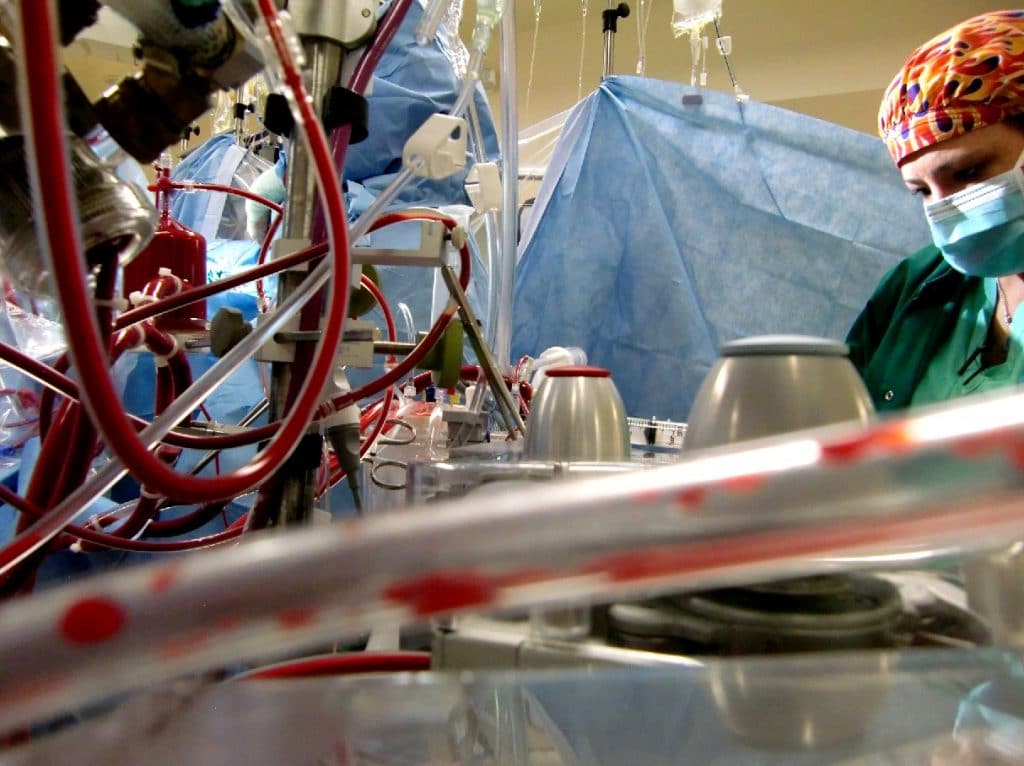A European Consensus Statement on The Use of Four-Factor Prothrombin Complex Concentrate for Cardiac and Non-Cardiac Surgical Patients

Modern four‐factor prothrombin complex concentrate was designed originally for rapid targeted replacement of the coagulation factors II, VII, IX and X. Dosing strategies for the approved indication of vitamin K antagonist‐related bleeding vary greatly. They include INR and bodyweight‐related protocols as well as fixed dose regimens. Particularly in the massively bleeding trauma and cardiac surgery patient, four‐factor prothrombin complex concentrate is used increasingly for haemostatic resuscitation. Members of the Transfusion and Haemostasis Subcommittee of the European Association of Cardiothoracic Anaesthesiology performed a systematic literature review on four‐factor prothrombin complex concentrate. The available evidence has been summarised for dosing, efficacy, drug safety and monitoring strategies in different scenarios. Whereas there is evidence for the efficacy of four‐factor prothrombin concentrate for a variety of bleeding scenarios, convincing safety data are clearly missing. In the massively bleeding patient with coagulopathy, our group recommends the administration of an initial bolus of 25 IU.kg‐1. This applies for: the acute reversal of vitamin K antagonist therapy; haemostatic resuscitation, particularly in trauma; and the reversal of direct oral anticoagulants when no specific antidote is available. In patients with a high risk for thromboembolic complications, e.g. cardiac surgery, the administration of an initial half‐dose bolus (12.5 IU.kg‐1) should be considered. A second bolus may be indicated if coagulopathy and microvascular bleeding persists and other reasons for bleeding are largely ruled out. Tissue‐factor‐activated, factor VII‐dependent and heparin insensitive point‐of‐care tests may be used for peri‐operative monitoring and guiding of prothrombin complex concentrate therapy.
